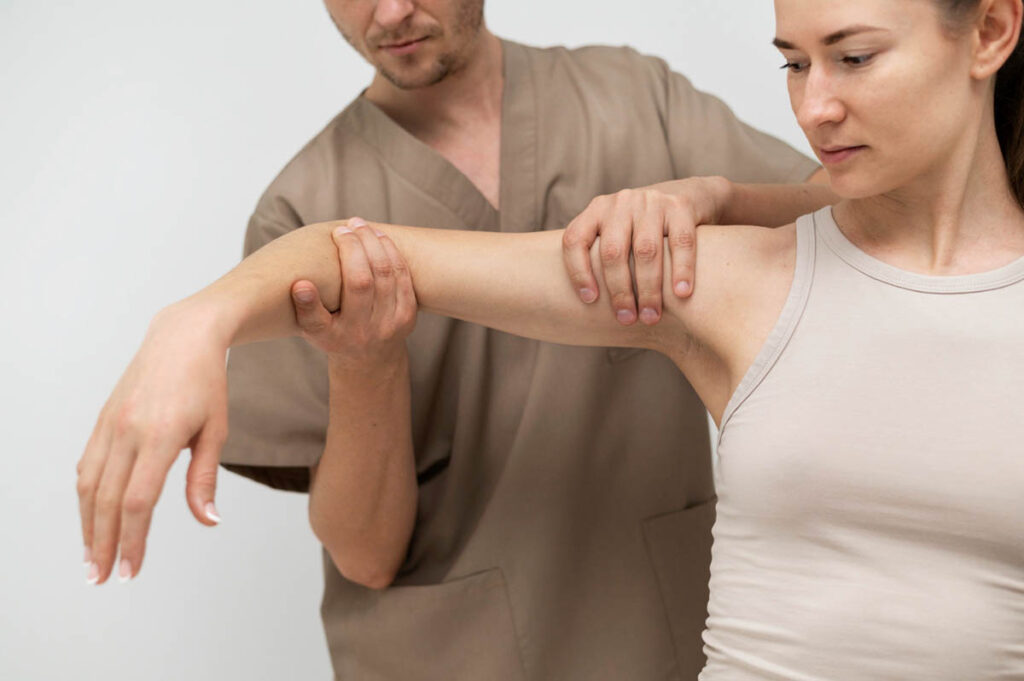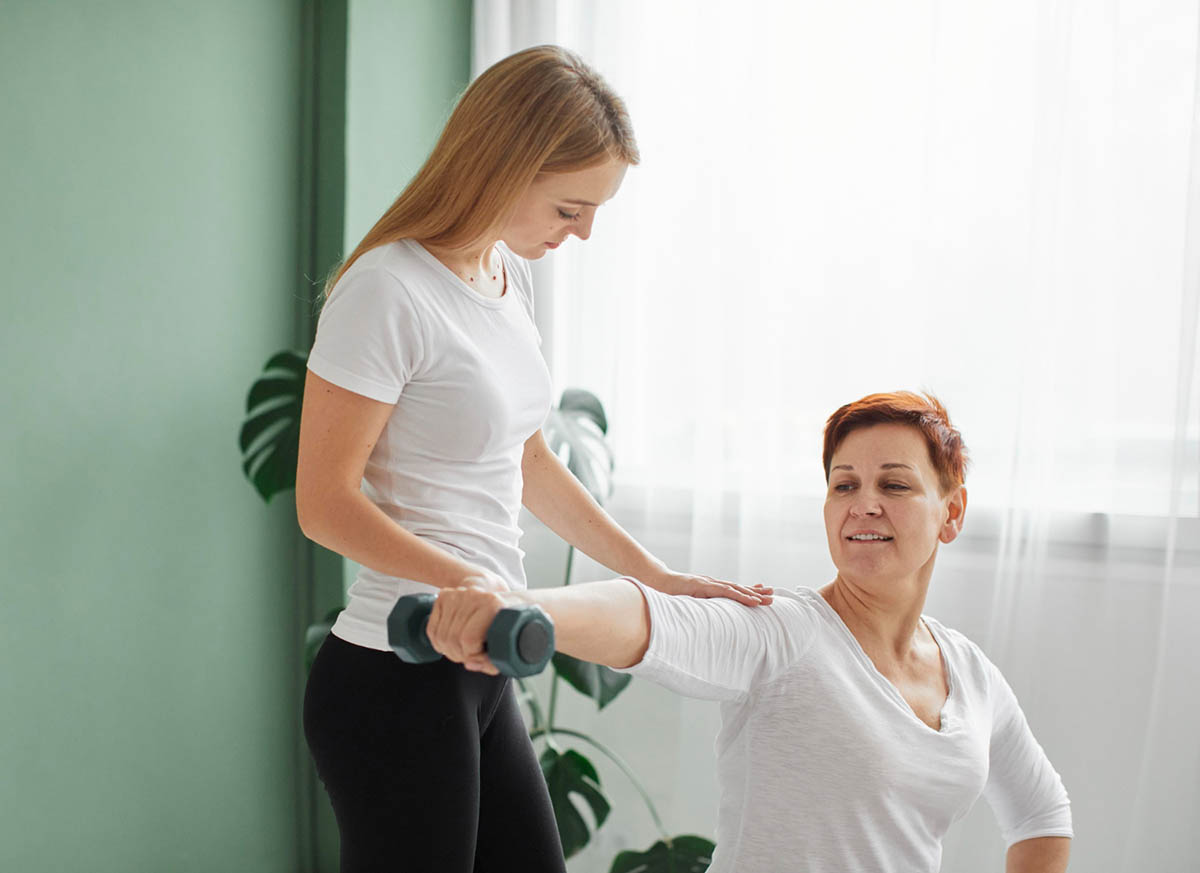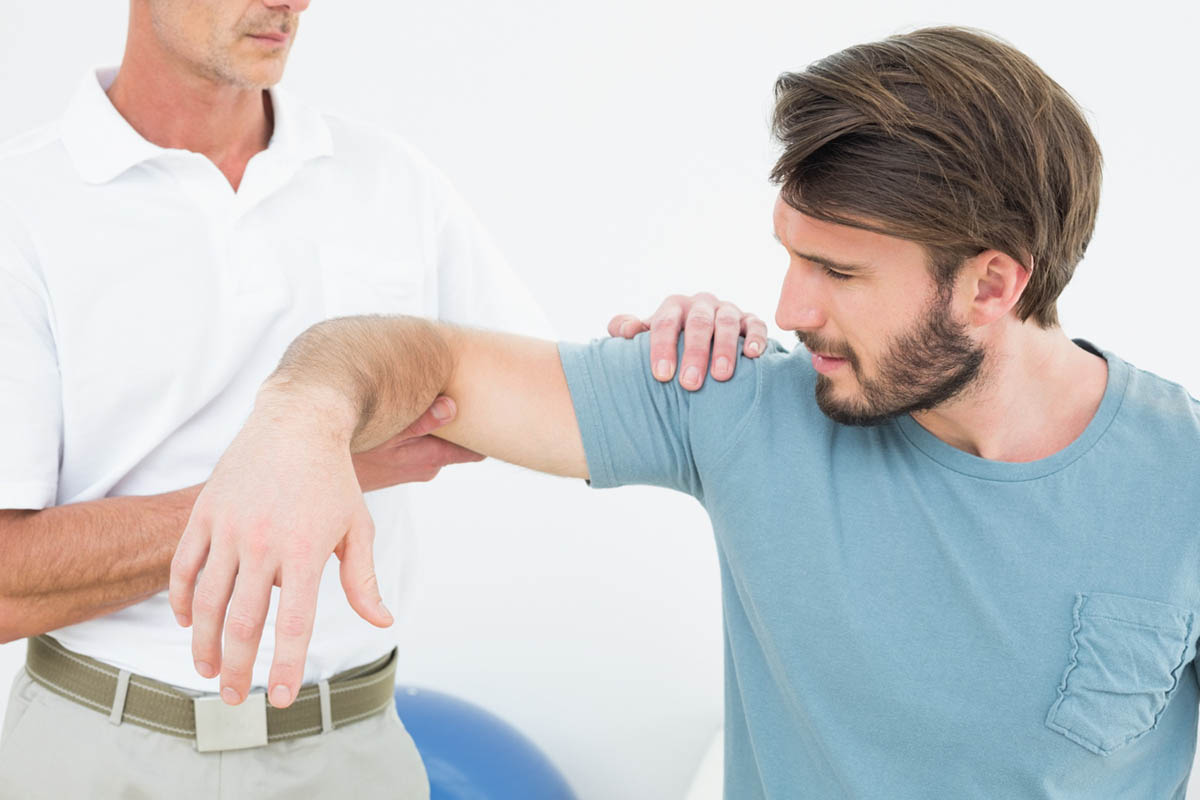
Undergoing rotator cuff surgery can be a daunting experience, but it’s often a necessary step toward regaining full shoulder function and alleviating pain. The road to recovery, however, doesn’t end in the operating room. Physical therapy after rotator cuff surgery plays a crucial role in ensuring a successful outcome. This blog will guide you through what to expect from physical therapy after rotator cuff surgery, helping you prepare for the journey ahead.
What Is Rotator Cuff Repair Surgery?
Rotator cuff repair surgery is a procedure to repair a torn rotator cuff tendon in the shoulder. The rotator cuff is a group of muscles and tendons that stabilize the shoulder complex and allow for a wide range of motion. Injuries to the rotator cuff, such as rotator cuff tears or a full-thickness rotator cuff tear, are common, especially in athletes and individuals with repetitive overhead activities. The surgery involves reattaching the torn tendon to the head of the humerus (upper arm bone) and may be performed arthroscopically, through mini-open repair, or open surgery, depending on the severity of the tear and the surgical technique chosen by the shoulder surgeons.
Importance of Physical Therapy After Rotator Cuff Surgery
Physical therapy after rotator cuff surgery is essential to ensure proper healing and restore shoulder function. Without it, the shoulder may become stiff, weak, and prone to further injury. A well-structured therapy for rotator cuff recovery helps to:
- Improve range of motion and regain normal range of movement.
- Strengthen shoulder muscles to prevent muscle atrophy.
- Reduce shoulder pain and inflammation.
- Enhance overall shoulder stability and function.
- Prevent common complications such as post-operative stiffness and chronic shoulder pain.
When to Start Physical Therapy After Rotator Cuff Surgery?
The timing of when to start physical therapy after rotator cuff surgery can vary depending on the surgeon’s protocol and the specifics of the surgery. Generally, physical therapy sessions begin within a few days to a week post-surgery with gentle passive motions. The initial phase of a physical therapy program focuses on protecting the surgical repair, managing postoperative pain, and preventing stiffness.
It is crucial to follow your shoulder surgeon’s and physical therapist’s instructions during this period to ensure a smooth recovery and optimal healing process. For individuals dealing with a rotator cuff injury, including conditions such as shoulder impingement, adhering to medical advice and maintaining an optimal duration for physical therapy is essential for a successful recovery from rotator cuff surgery.
Essential Exercises After Rotator Cuff Surgery

Rehabilitation exercises are the cornerstone of recovery after rotator cuff surgery. These exercises after rotator cuff surgery are typically divided into phases, each with specific goals and types of movements.
Range of Motion Exercises
Range of motion exercises are usually the first type of exercises introduced in the early stages of recovery. These exercises help to maintain joint mobility and prevent stiffness.
- Pendulum swings: Gently swing your arm in small circles to promote movement in the shoulder joint without stressing the repaired tendon.
- Passive shoulder flexion and abduction: Use your unaffected arm to lift the surgical arm, ensuring gentle and controlled movements to aid tissue healing.
- Shoulder circles: Perform small circular motions with your shoulder to enhance mobility and avoid post-operative stiffness.
- Elbow and wrist range of motion exercises: Flex and extend your elbow and wrist to prevent stiffness in the entire arm, maintaining overall arm function.
Strengthening Exercises
As healing progresses, strengthening exercises are introduced to build muscle strength and enhance shoulder stability.
- Isometric shoulder exercises: Perform static contractions of the shoulder muscles without moving the joint to build initial strength, focusing on the rotator cuff and surrounding muscles.
- Resistance band exercises for the rotator cuff: Use light resistance bands to perform internal rotation and external rotations, targeting the rotator cuff muscles for balanced shoulder strength.
- Shoulder shrugs: Elevate your shoulders towards your ears and hold for a few seconds to strengthen the upper shoulder muscles and improve the scapular position.
- Scapular retraction exercises: Squeeze your shoulder blades together to improve scapular stability and posture, essential for overall shoulder health.
Exercises to Avoid After Rotator Cuff Surgery
Here are certain exercises to avoid after rotator cuff surgery, particularly during the recovery period to prevent re-injury and ensure proper healing.
- Overhead lifting: Avoid lifting objects overhead as it places excessive strain on the healing tendon and can disrupt the bone healing process.
- Throwing motions: Refrain from throwing activities, such as baseball or tennis, until fully healed to prevent stress on the rotator cuff.
- Pulling exercises: Exercises that involve pulling, such as rowing, should be avoided in the early stages to prevent strain on the surgical repair.
- Heavy lifting: Do not lift heavy weights that can strain the shoulder and potentially damage the repaired tendon.
- Movements that cause pain: Any exercise or movement that causes pain should be discontinued immediately to avoid aggravating the injury.
Phase I – Immediate Post-Surgical Phase

The immediate post-surgical phase focuses on protecting the surgical repair, managing pain and inflammation, and starting gentle passive range of motion exercises. This phase is critical for creating a healing environment that supports the repair. Patients may use devices such as electrical stimulation to manage pain and inflammation. Activities during this phase should focus on passive motions to maintain joint flexibility without stressing the healing tissues.
Conclusion
Physical therapy after rotator cuff surgery is a vital part of the recovery process. By following a structured rehabilitation program, you can regain shoulder function, strength, and flexibility. Remember to be patient and consistent with your exercises, and always consult with your healthcare provider if you have any concerns. This journey requires a firm understanding of the healing process and a commitment to your treatment plan to achieve the best possible outcomes.
At Up And Running PT, we specialize in providing comprehensive physical therapy after rotator cuff surgery. Our expert therapists are dedicated to guiding you through personalized rotator cuff strengthening programs designed to restore your shoulder function and alleviate pain, ensuring that every aspect of your health and wellness is addressed with the utmost expertise and compassion. Trust Up And Running PT to support you on your journey to recovery and optimal health.
FAQs
How long do you need physical therapy after rotator cuff surgery?
The duration of physical therapy can vary, but it typically lasts for several months. Most patients require at least 3 to 6 months of physical therapy, with some needing up to a year for a full recovery. The frequency of physical therapy sessions may start at several times per week and gradually decrease as you progress.
What happens if you don’t do exercises after shoulder surgery?
Neglecting physical therapy can lead to stiffness, weakness, and decreased shoulder function. It can also increase the risk of re-injury and prolonged recovery. Lack of proper rehabilitation can result in muscle atrophy and chronic shoulder pain, significantly impacting your ability to perform daily activities and regular activities.
Can you get back to 100% after rotator cuff surgery?
Many patients can regain full shoulder function and return to their normal activities after rotator cuff surgery with diligent physical therapy. However, the outcome can depend on the severity of the tear, the success of the surgery, and the individual’s commitment to rehabilitation. Engaging in sport-specific exercises and gradually resuming everyday activities can help achieve the best possible recovery.

